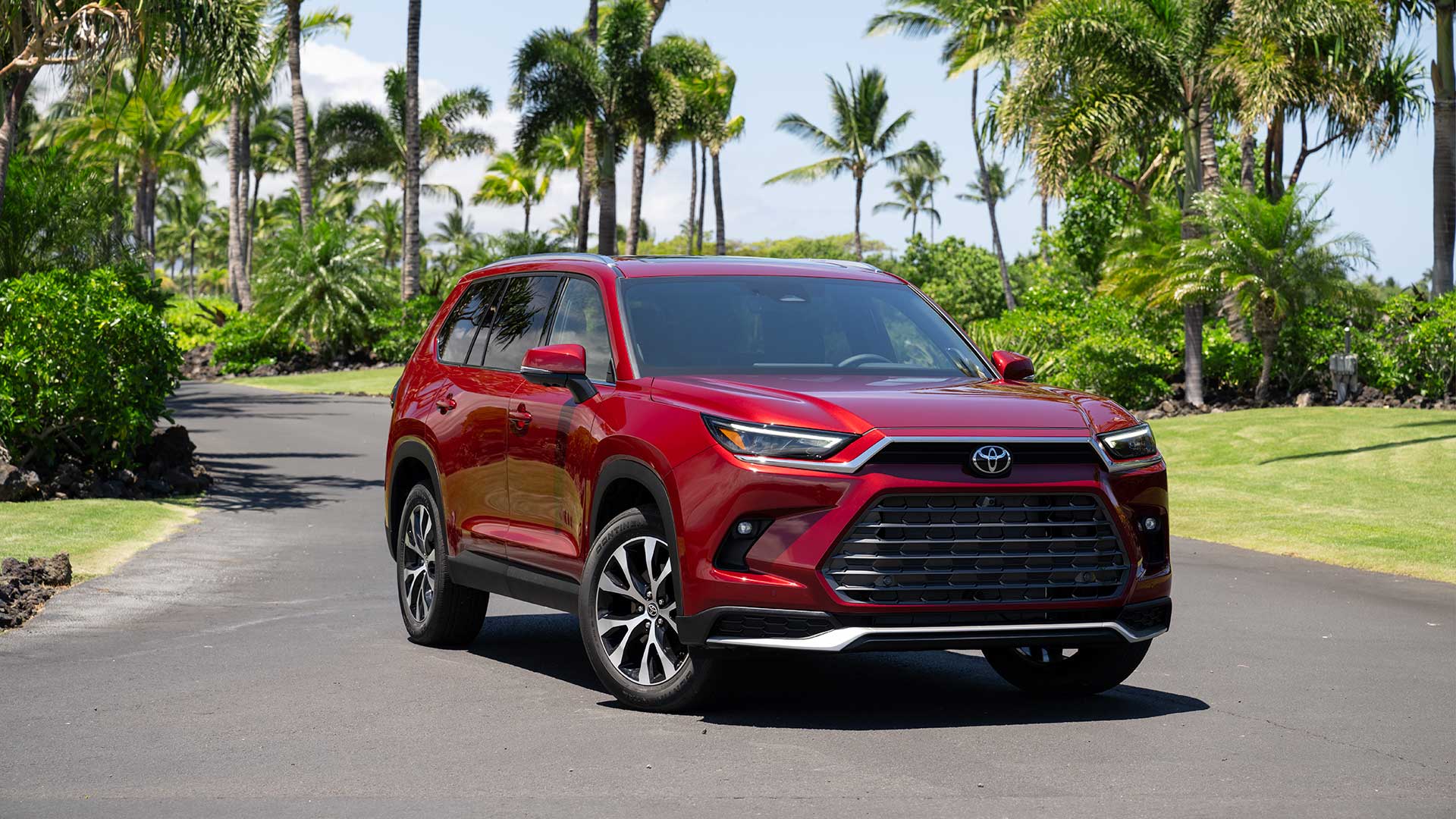Choosing a family car is one of the most significant financial decisions many households face. Beyond the initial sticker price, factors such as long-term reliability, depreciation, maintenance costs, and fuel efficiency all influence the true cost of ownership.
For families, a car is not just a mode of transportation but an investment in safety, convenience, and peace of mind. The ideal family vehicle provides enough space for children, groceries, and gear while balancing running costs to avoid becoming a financial burden.
Yet, in today’s diverse automotive market, not all family cars deliver equal value over time. Some vehicles prove to be exceptional investments, retaining value and minimizing expenses, while others slowly drain wallets due to poor reliability and rapid depreciation.
Understanding the concept of return on investment (ROI) in the context of family cars is crucial. ROI here refers to how well a vehicle maintains its monetary value and minimizes ownership costs throughout its lifespan. A family car with excellent ROI offers a combination of high reliability, low depreciation, affordable maintenance, and good fuel economy.
These factors combine to reduce the total cost of ownership and increase the amount of money owners can recover through resale or trade-in.
On the other hand, financial black holes are cars that seem appealing initially but reveal costly surprises over time. They depreciate rapidly, require frequent and expensive repairs, have poor fuel efficiency, or incur high insurance costs, ultimately costing owners far more than anticipated.
The stakes are high because many families depend on their vehicles for everything from daily school runs and grocery shopping to weekend getaways and carpooling. A family car is rarely a disposable commodity; it’s a long-term asset that supports lifestyle, work, and family commitments.
Poor vehicle choices can result in expensive repairs that disrupt budgets, lost resale value that hurts family finances, and inconvenient breakdowns that impact everyday life. Conversely, wisely chosen vehicles can offer years of dependable service, reduced headaches, and better financial flexibility.
Within this landscape, certain brands and models consistently outperform others in delivering value to families. Japanese automakers like Toyota, Honda, and Subaru have earned reputations for building reliable, long-lasting vehicles that hold their value well.
Newer entrants like Kia, with generous warranties and improved quality, have begun to challenge traditional leaders. These vehicles combine thoughtful design with solid engineering, resulting in family cars that don’t just perform well on the road but also excel in cost-effectiveness over time.
Their strong resale values reflect widespread consumer trust, and their low maintenance costs allow families to plan budgets confidently.
By contrast, many luxury and American SUVs, while tempting with their premium features or powerful engines, often fall into the financial black hole category. Vehicles like the BMW X5 or Jeep Grand Cherokee may dazzle with style and capability but carry hidden costs that emerge after the warranty period ends.
Complex engineering, expensive parts, and a higher incidence of mechanical failures make ownership unpredictable and costly. Depreciation hits are also steep, eroding initial investment and leaving owners with limited recouped value when it’s time to sell. For families prioritizing long-term financial health alongside comfort and safety, these vehicles can represent an avoidable expense.
This article aims to help families navigate this complex decision by highlighting five family cars that offer excellent ROI — vehicles known for their durability, affordability, and strong resale values — alongside five family vehicles notorious as financial black holes.
The goal is to provide a balanced perspective that goes beyond glossy ads and initial impressions, instead focusing on real-world ownership experiences, reliability data, and cost analysis. By understanding which vehicles represent smart investments and which are likely to drain resources, families can make informed choices aligned with their financial and lifestyle goals.
As you read through the detailed profiles, consider your own family’s needs: the number of passengers, driving conditions, fuel economy priorities, and budget for maintenance and repairs.
This information will empower you to select a vehicle that truly fits your life and protects your financial well-being over the years of use. Whether you lean toward reliable stalwarts like the Toyota Highlander or are tempted by flashier options, knowledge of these ROI dynamics will help you avoid costly mistakes and find a family car that brings satisfaction well beyond the showroom.
ALSO READ: 5 Retired Models That Increased in Value and 5 That Didn’t
5 Family Cars With Excellent ROI
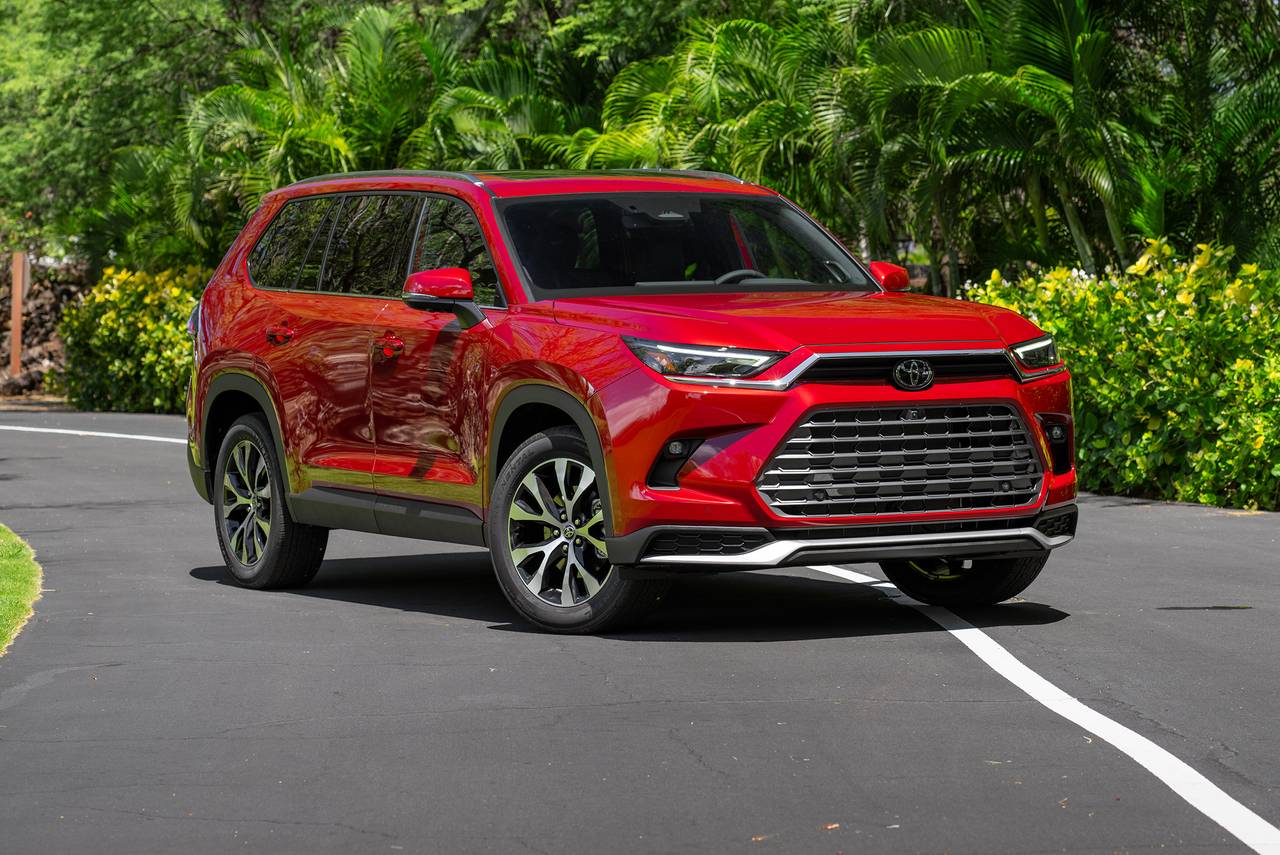
1. Toyota Highlander
The Toyota Highlander has earned its place as a perennial favorite among family vehicles, and a large part of that is due to its exceptional return on investment. This three-row SUV strikes a rare balance between practicality, performance, and long-term affordability.
Available in both traditional gasoline and hybrid powertrains, the Highlander suits a wide range of family needs, from daily school commutes to long-distance road trips. The hybrid version is especially notable, achieving well over 30 miles per gallon — nearly unheard of in the midsize SUV category.
With seating for seven or eight passengers, depending on the configuration, it’s also a great option for growing families who need room to expand. Its build quality is solid, the cabin is well-insulated, and the ride is smooth, all contributing to high satisfaction among long-term owners.
One of the Highlander’s greatest strengths is Toyota’s rock-solid reputation for reliability. Numerous owners report well over 200,000 miles on their Highlanders with minimal major issues, especially if basic maintenance is followed diligently.
The vehicle’s drivetrain and transmission are both engineered for longevity, and Toyota’s focus on durable, time-tested parts translates into fewer breakdowns over time.
Unlike some competitors that dazzle early and break down later, the Highlander ages gracefully. This reputation for endurance is a major contributor to its strong resale value, and the used market for Highlanders is fierce. It’s not uncommon for a five-year-old Highlander to retain 60–70% of its original value, especially in higher trims with service records.
The cost of ownership is also refreshingly low for a midsize SUV. Routine maintenance like oil changes, brake pad replacements, and tire rotations is affordable, and parts are widely available.
The Highlander also doesn’t suffer from overly complex engine configurations or hard-to-reach components, which can reduce labor costs for the mechanics.
Insurance premiums for the Highlander tend to be moderate due to its strong safety record and relatively low incidence of claims. And when something does go wrong, there’s a robust network of certified Toyota technicians and independent mechanics who know the platform well. All of these factors help families avoid surprise costs, one of the biggest threats to long-term ROI.
Finally, safety and technology features round out the Highlander’s appeal as a smart investment. Even base models come equipped with Toyota Safety Sense — a comprehensive suite of driver assistance features including adaptive cruise control, lane keep assist, automatic emergency braking, and pedestrian detection.
These technologies not only keep families safe but also reduce the risk of accidents and, by extension, insurance costs. The infotainment system is user-friendly, Apple CarPlay and Android Auto are standard, and higher trims offer more advanced features without jumping to luxury-level prices.
Put simply, the Toyota Highlander is a dependable, efficient, and family-friendly SUV that pays for itself over time, both in peace of mind and in reduced ownership costs.
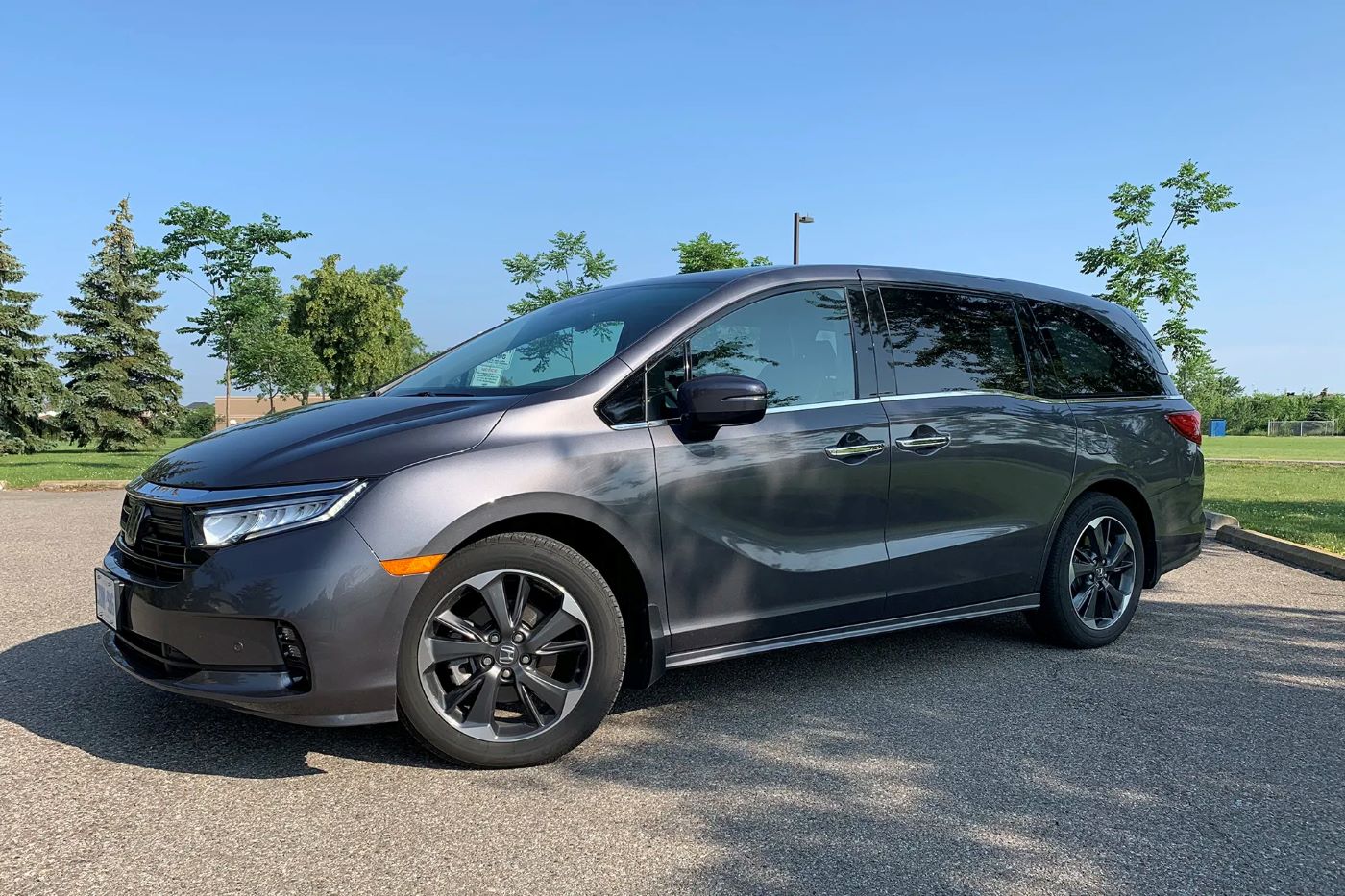
2. Honda Odyssey
The Honda Odyssey is perhaps the most underrated family vehicle in the world of ROI. While minivans may lack the rugged appeal of SUVs or the trendy image of crossovers, the Odyssey makes up for it with sheer functionality, reliability, and long-term value.
Designed from the ground up to serve families, the Odyssey includes features that genuinely make day-to-day parenting easier, from power-sliding doors to built-in vacuum cleaners in select trims.
The third row is not just usable — it’s comfortable, even for adults, and the second-row seats are versatile enough to be reconfigured for a range of seating and cargo needs. The Odyssey doesn’t just haul kids; it hauls everything, and it does so with efficiency and grace.
Where the Odyssey truly shines, however, is in its mechanical dependability. Honda has a long-standing reputation for building powertrains that last, and the Odyssey’s 3.5-liter V6 engine is no exception. Owners routinely report reaching 200,000 miles or more with few major repairs.
Routine maintenance costs are low, and parts are both plentiful and affordable thanks to Honda’s extensive dealership network. Unlike many competitors, Honda keeps its engineering practical, meaning fewer electronic gimmicks that break over time and more robust mechanical systems that can take the beating of years of family use.
This results in significantly fewer long-term costs and helps make the Odyssey one of the cheapest minivans to own over a 10–15 year period. Depreciation, while traditionally steep for minivans, is surprisingly gentle for the Odyssey. Because of its known reliability and family-oriented design, used Odysseys are always in demand, especially among buyers looking for a lower-cost alternative to large SUVs.
This demand holds up values on the used market and allows families to recoup more of their investment when it comes time to sell. Newer models with features like CabinTalk (which lets the driver communicate with rear-seat passengers through the speakers) and built-in entertainment systems can command strong resale prices even five or six years down the road.
What’s more, the Odyssey is consistently one of the safest family vehicles on the market. It earns top marks from both the National Highway Traffic Safety Administration (NHTSA) and the Insurance Institute for Highway Safety (IIHS), and includes features like forward collision warning, blind spot monitoring, and lane keeping assist as standard in many trims.
The cabin is quiet, the drive is surprisingly agile for its size, and fuel economy is respectable for a vehicle that can transport eight people. Ultimately, the Odyssey isn’t just a functional family vehicle — it’s an economic powerhouse for those who want lasting value, low ownership costs, and a safe, roomy ride for the long haul.
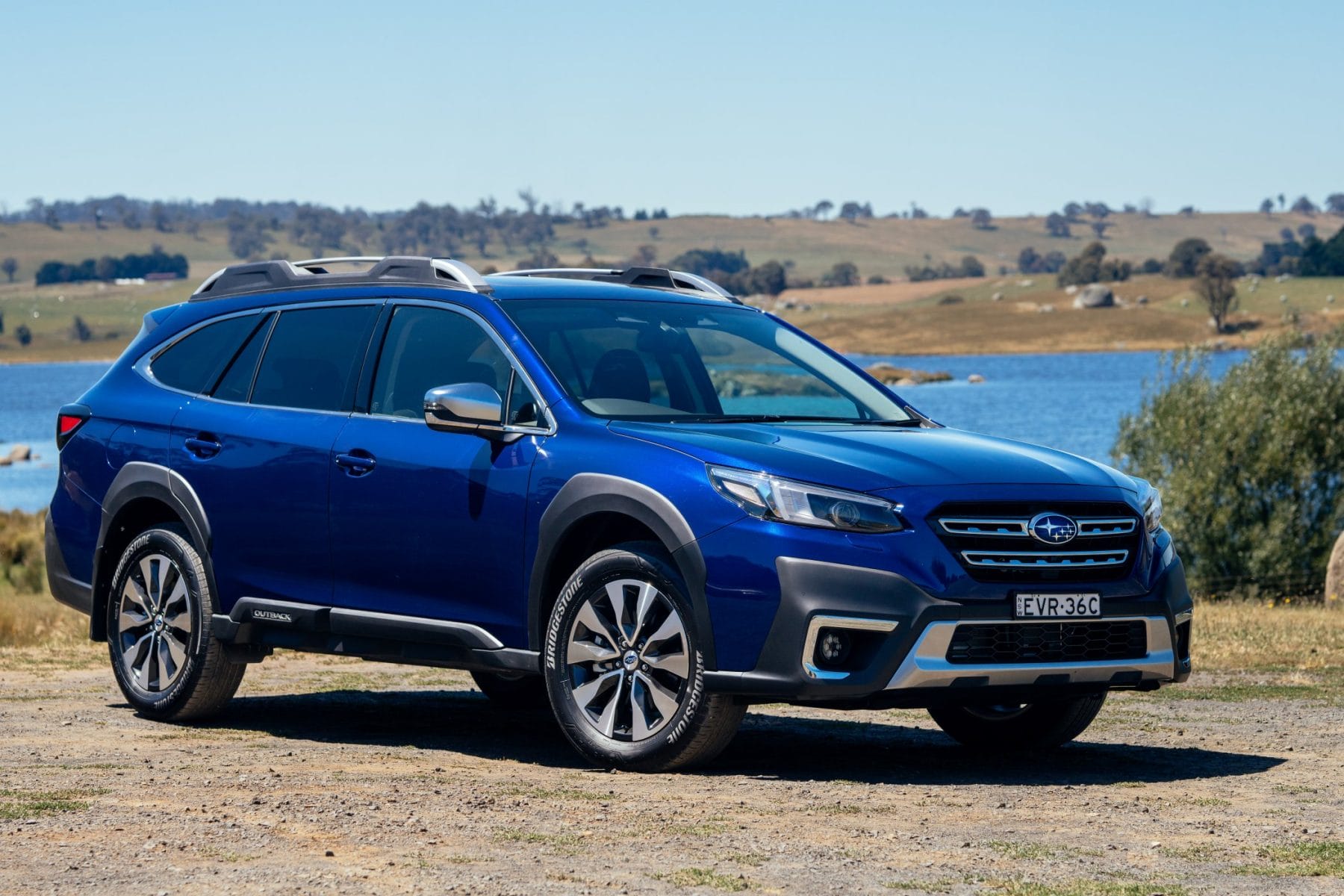
3. Subaru Outback
The Subaru Outback is a unique blend of car and SUV that has carved out a strong niche for families seeking all-weather capability, fuel efficiency, and long-term reliability. With its standard all-wheel drive and high ground clearance, the Outback is especially popular among families living in snowy or rural regions where traction and road handling are paramount.
But beyond its off-road and all-weather chops, the Outback provides an outstanding return on investment. It offers the ruggedness of an SUV without the fuel consumption, bulk, or maintenance costs often associated with larger utility vehicles. It’s a do-it-all vehicle that works just as well for soccer practice as it does for weekend camping trips.
Subaru’s engineering philosophy emphasizes simplicity, durability, and safety — all of which benefit long-term owners. The Outback’s boxer engine, while distinct, has proven reliable over multiple generations.
The symmetrical all-wheel drive system, a hallmark of the brand, is both capable and resilient, and it requires minimal upkeep compared to some of the more complex systems found in premium SUVs.
While Subaru has had growing pains with CVTs (continuously variable transmissions), the Outback’s drivetrain has improved significantly, and routine maintenance costs remain on the lower end of the spectrum. This reliability translates into fewer trips to the mechanic and more time on the road, saving owners money and hassle.
From a depreciation standpoint, the Outback holds its value better than most in its class. Thanks to strong consumer demand and a loyal fan base, used Outbacks are in constant circulation, and many sell quickly, often commanding higher-than-expected prices even after five or six years of use.
This resale strength means that families can switch vehicles with less financial loss and are more likely to recover a substantial portion of their initial investment. Furthermore, insurance rates for the Outback are relatively low thanks to its excellent safety ratings, which again factor into the total cost of ownership.
The Outback’s interior is another strong selling point. It’s spacious, well-organized, and comfortable, with plenty of legroom for both front and rear passengers.
The cargo area is generous, especially for a vehicle that drives more like a sedan than an SUV. Infotainment features are intuitive, and Subaru continues to refine its EyeSight driver assist suite, which includes adaptive cruise control, lane departure warning, and pre-collision braking.
Families who want a vehicle that performs well in all seasons, lasts a long time, and doesn’t eat into their monthly budget will find the Outback to be an outstanding long-term partner — one that offers an ROI many crossovers simply can’t match.
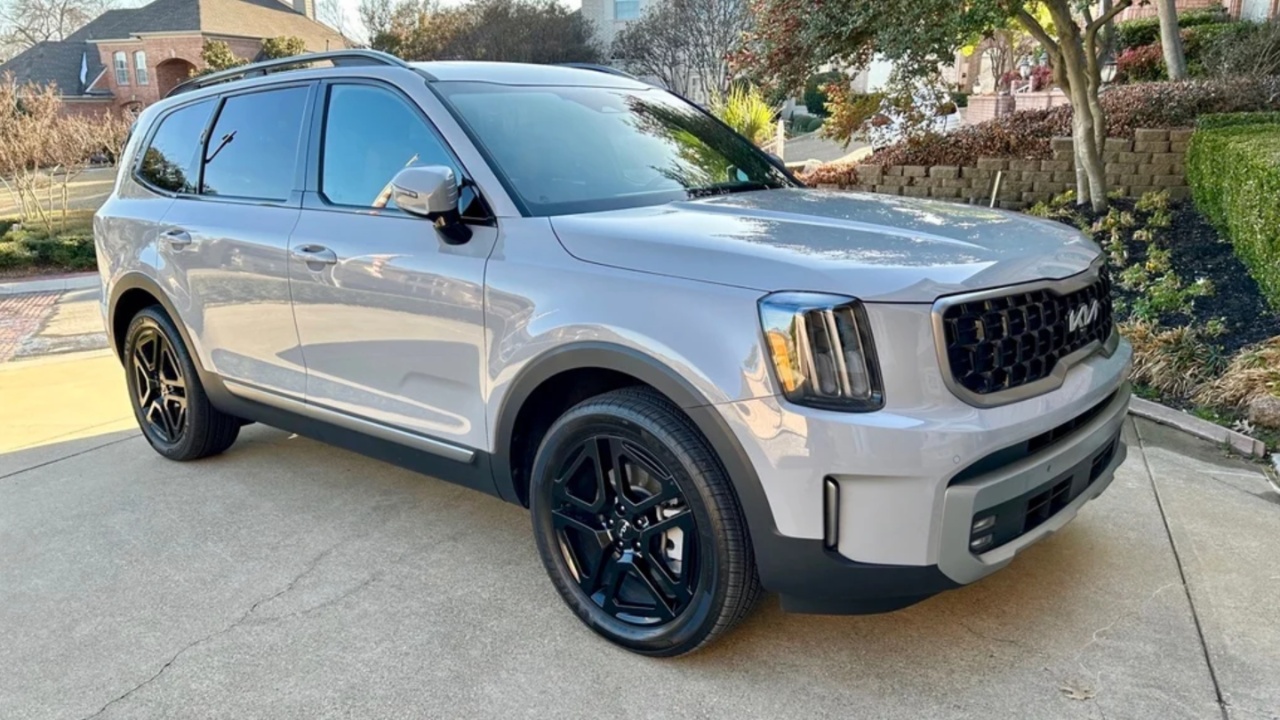
4. Kia Telluride
The Kia Telluride has quickly become a gold standard in the midsize SUV segment — a rare feat for a relatively new nameplate. Released to the U.S. market in 2019, the Telluride was met with enthusiastic acclaim for its upscale interior, thoughtful design, and unmatched value proposition.
What makes the Telluride especially appealing to families — and why it lands on this list — is its unique ability to provide premium-level features without the premium price tag. When it comes to ROI, the Telluride delivers more than what you pay for, and it does so across nearly every metric: performance, comfort, longevity, and resale value.
Mechanically, the Telluride has proven itself to be reliable and low-maintenance — a hallmark of the new era of Kia engineering. With a naturally aspirated 3.8-liter V6 engine, the Telluride avoids some of the long-term issues associated with turbocharged engines in competitors.
This powertrain delivers solid performance and decent fuel economy for its class, often achieving around 20 mpg in mixed driving conditions.
More importantly, the drivetrain has exhibited strong reliability over its first several model years. With a 10-year/100,000-mile powertrain warranty, Kia offers one of the most generous safety nets in the industry, providing families with financial peace of mind against major mechanical failures.
Depreciation is one of the most remarkable aspects of the Telluride’s ROI story. While SUVs generally lose a significant percentage of their value within the first five years, the Telluride holds its value exceptionally well. This is partly due to limited supply and high demand — consumers have embraced its blend of style, size, and features.
As a result, used Tellurides sell at relatively high prices, sometimes approaching new car MSRP levels for lightly used models. This strong resale value makes it easier for families to recover a meaningful portion of their investment when upgrading or selling the vehicle.
The interior experience of the Telluride also contributes to its long-term value. The cabin is spacious and quiet, with high-quality materials that feel far more luxurious than its price might suggest.
The infotainment system is modern and intuitive, supporting Apple CarPlay and Android Auto, and higher trims include features such as ventilated seats, premium audio systems, and advanced driver aids.
Safety features like blind-spot detection, rear cross-traffic alert, and forward collision warning come standard, making it one of the safest vehicles in its class. When combined with Kia’s robust warranty and overall low maintenance costs, the Telluride emerges as an outstanding family SUV that offers remarkable financial returns over the life of ownership.
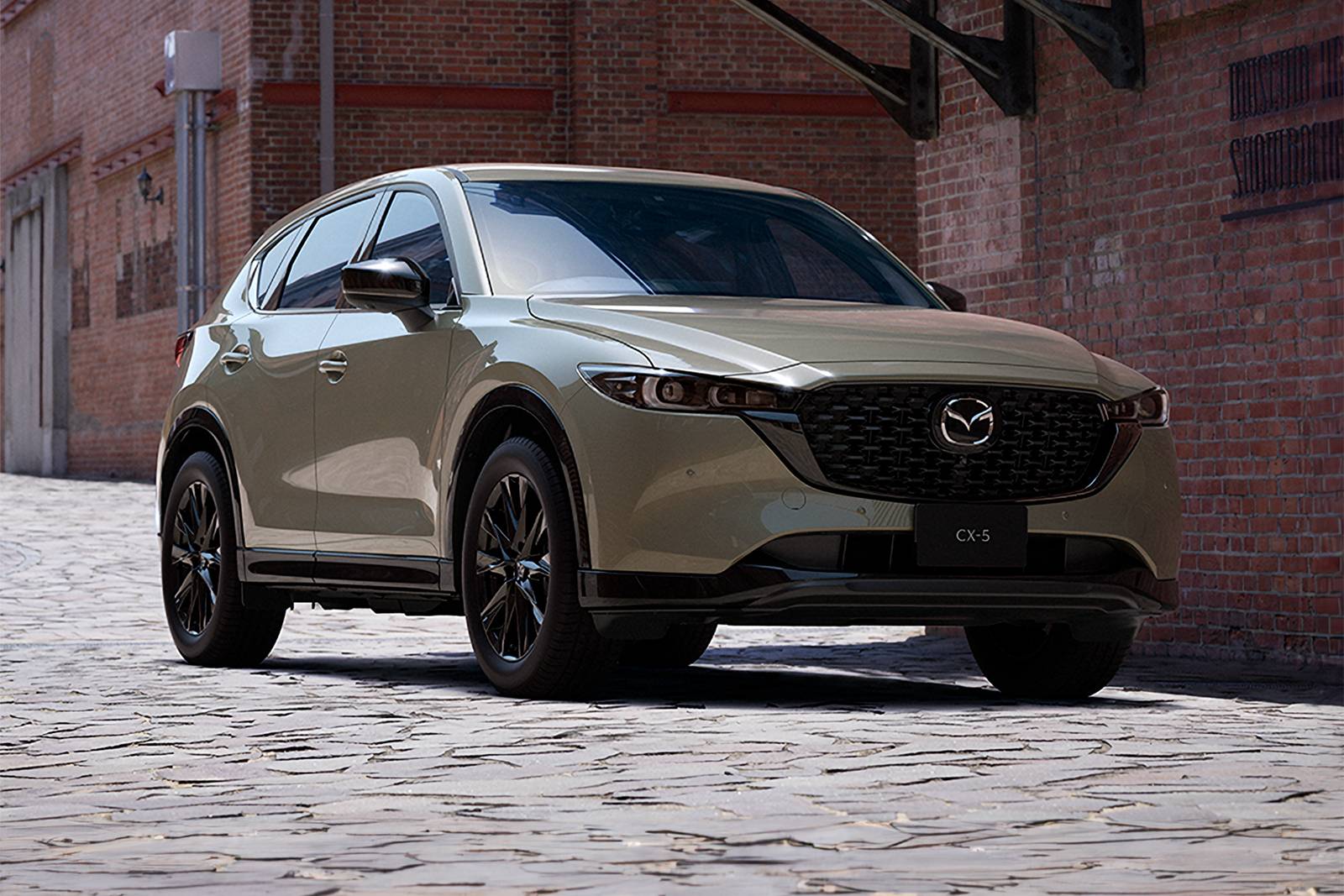
5. Mazda CX-5
The Mazda CX-5 is often overlooked in the family vehicle arena, but it deserves recognition for its blend of style, reliability, and strong ROI. This compact SUV has long been praised for its engaging driving dynamics, upscale interior, and fuel efficiency, making it a favorite for families who want something practical without sacrificing refinement.
The CX-5 may be smaller than some of the three-row SUVs on this list, but for smaller families or those with one or two children, it provides an ideal balance of space, comfort, and economy.
Mazda’s engineering philosophy emphasizes driving enjoyment, but it also prioritizes quality and longevity. The CX-5 uses well-tested naturally aspirated and turbocharged four-cylinder engines, both of which are known for durability when properly maintained.
The chassis and suspension components are built to last, and the car benefits from Mazda’s rigorous quality control standards. Because the CX-5 shares many parts with other Mazda models, replacement parts are affordable and readily available. Regular maintenance tends to be straightforward, and Mazda’s dealers are generally well-regarded for their service.
From a depreciation standpoint, the CX-5 has demonstrated moderate to strong retention of value. While compact SUVs don’t hold value quite as well as full-size models, the CX-5’s combination of styling and reliability gives it a leg up on many rivals. Its used market demand remains solid, partly fueled by its reputation as one of the best-handling SUVs in its class.
For families who prioritize a car-like driving experience with the added benefits of higher seating and versatile cargo space, the CX-5 represents a smart purchase that won’t lose as much value over time.
Safety and technology also contribute to the CX-5’s ROI. It consistently earns high marks from both NHTSA and IIHS, including top crashworthiness ratings. Advanced safety features like automatic emergency braking, blind spot monitoring, and lane departure warnings are standard or available in most trims.
The infotainment system, while not the flashiest, is responsive and supports smartphone integration. Fuel economy is competitive for the class, reducing the ongoing cost of ownership. Altogether, the Mazda CX-5 is an intelligent choice for families seeking a well-rounded, dependable, and financially sound vehicle.
5 Family Cars That Are Financial Black Holes
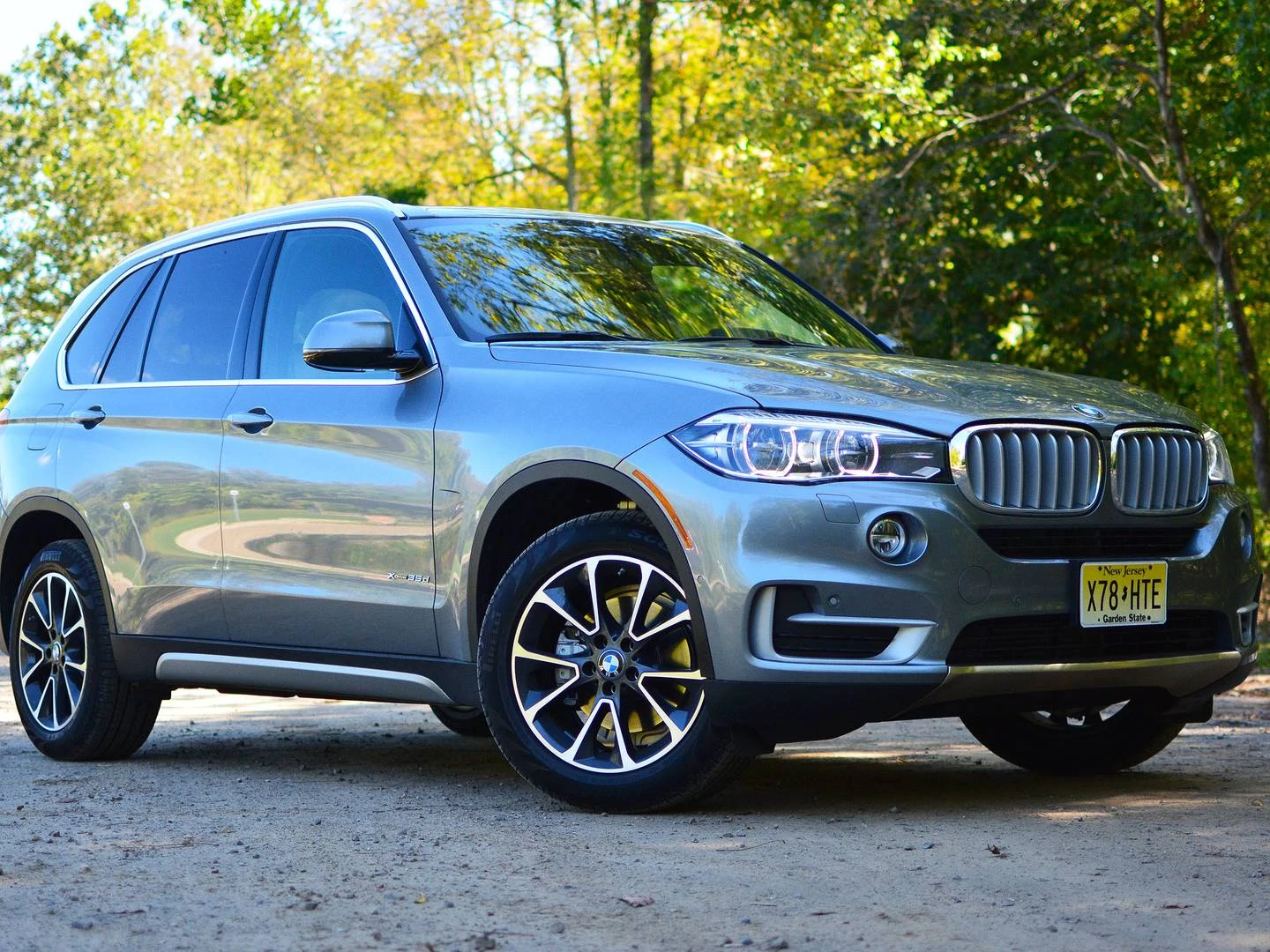
1. BMW X5
The BMW X5 is a luxury midsize SUV that often appeals to families because of its sophisticated styling, powerful engine options, and high-end interior features. At first glance, it seems like a dream vehicle for those who want comfort, technology, and brand prestige wrapped into one package.
However, beneath the glossy surface lies a significant financial trap for many buyers. While the X5 offers exhilarating performance and plush seating, its long-term ownership costs can be crippling, making it a notorious financial black hole. High depreciation, expensive maintenance, and costly repairs can quickly erode any value the vehicle initially holds.
Luxury vehicles like the BMW X5 tend to depreciate steeply in the first five years, often losing more than 50% of their value. While this steep decline is common in luxury cars, the X5’s large inventory on the used market only exacerbates this issue. Families who purchase new or near-new X5s often find their resale value drops sharply as the vehicle ages.
This depreciation isn’t just due to market factors but also reflects the high cost of maintaining a luxury vehicle as it ages. Unlike mainstream brands, BMW replacement parts are costly, and repairs typically require specialized technicians, often at dealership rates, which inflate labor costs.
Moreover, the BMW X5 is known for having complex mechanical and electronic systems that can become unreliable as the vehicle accumulates miles. Common problems include air suspension failures, electronic module glitches, and costly engine repairs.
Such issues not only increase repair bills but also reduce the vehicle’s reliability, potentially leaving families stranded or facing expensive diagnostic fees. Unlike non-luxury brands where repairs tend to be straightforward and affordable, fixing a BMW X5 can turn into a financial nightmare, especially once the original warranty expires.
Fuel efficiency and insurance costs also contribute to the X5’s status as a financial black hole. The larger, more powerful engines — especially V8s and turbocharged options — guzzle premium fuel, making regular trips to the pump expensive. Insurance premiums for the X5 are high, given the vehicle’s luxury status and repair costs.
Even something as routine as replacing a windshield or repairing minor body damage can set owners back thousands of dollars. In total, the combination of rapid depreciation, steep repair costs, and ongoing expenses creates a perfect storm that makes the BMW X5 a poor financial choice for families who want to protect their wallets over the long haul.
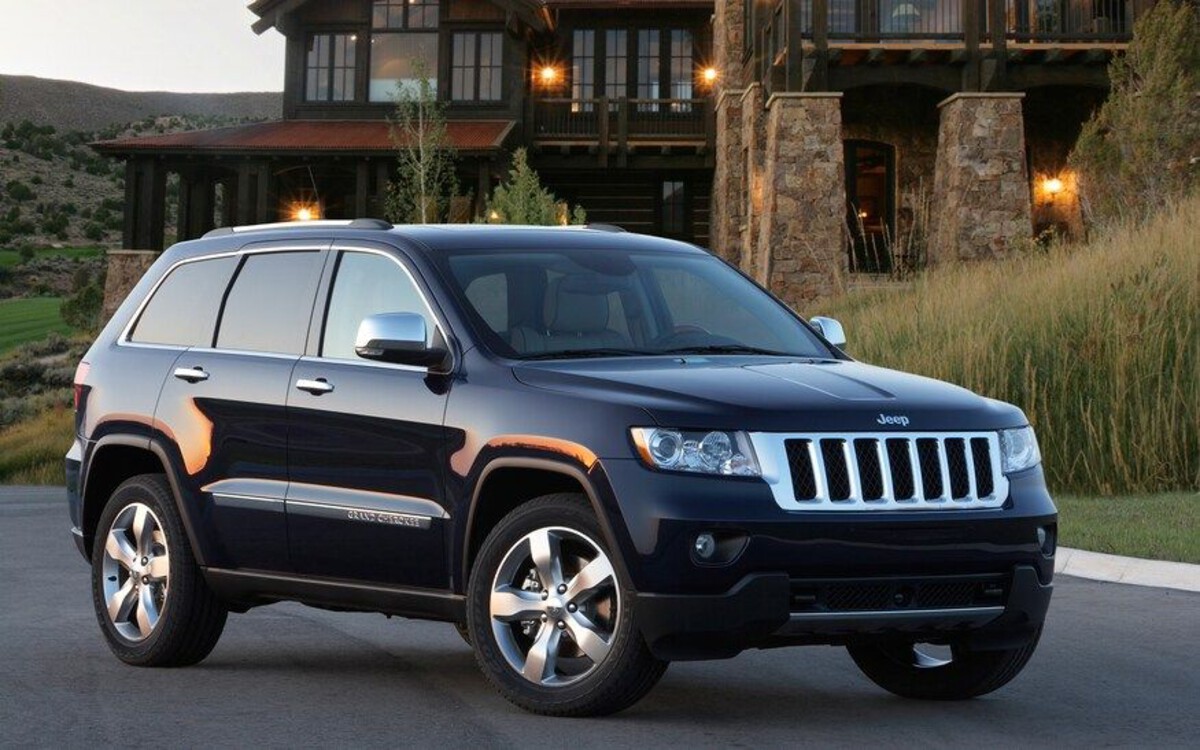
2. Jeep Grand Cherokee
The Jeep Grand Cherokee has long been a favorite among SUV enthusiasts for its rugged image and off-road capability. However, despite its allure as a family vehicle with a commanding presence and decent interior space, it has earned a reputation as a financial black hole for many owners.
The Grand Cherokee’s initial price might be competitive in its segment, but its long-term costs tell a different story — marked by unpredictable reliability, costly repairs, and high depreciation that can leave families with unexpected expenses.
Reliability issues plague many generations of the Grand Cherokee, ranging from electrical system failures to transmission problems. These mechanical woes can crop up unpredictably and often require expensive repairs at specialist shops or dealerships.
The complexity of its systems, including air suspension and four-wheel-drive components, adds layers of potential failure points. While Jeep has made strides in recent years to improve quality, the cumulative effect of earlier model issues and higher repair bills has cemented the Grand Cherokee’s image as a vehicle that can quickly become a money pit.
Depreciation is another critical factor working against the Grand Cherokee. Although it may retain value better than some lower-tier SUVs in its class initially, this advantage fades sharply after a few years. When combined with the high repair costs and inconsistent reliability, the resale value suffers accordingly.
Families who purchase Grand Cherokees often report that their vehicles lose value much faster than anticipated, particularly if major repairs or recalls have occurred. This depreciation, combined with maintenance challenges, results in a total cost of ownership that is considerably higher than more reliable competitors.
Fuel economy and insurance further exacerbate the Grand Cherokee’s financial drawbacks. The vehicle’s larger V6 and V8 engines consume more fuel than comparable SUVs, especially during city driving or towing, which adds up quickly over time. Insurance premiums tend to be elevated due to the vehicle’s repair costs and accident rates.
Moreover, the Grand Cherokee’s sometimes rough ride quality and handling quirks reduce overall driving comfort, making it less appealing for families who prioritize a smooth, predictable daily driver. Taken together, these factors position the Jeep Grand Cherokee as a risky choice for families seeking to maximize their automotive investment.

3. Ford Explorer
The Ford Explorer is one of America’s most iconic SUVs, often chosen by families for its spaciousness, brand familiarity, and aggressive styling. While the Explorer offers a strong road presence and a variety of engine options, it is notorious for its high depreciation and maintenance costs that ultimately make it a poor choice in terms of long-term ROI.
Although it might seem like a practical family vehicle on paper, owners frequently encounter expensive mechanical issues and steep declines in value that overshadow its initial appeal.
One of the Explorer’s biggest financial pitfalls lies in its transmission problems, particularly in models produced between the early 2010s and mid-2010s. Many owners have reported premature transmission failures, which come with costly repairs or replacements.
Beyond transmission issues, the Explorer has experienced problems with the electrical system, cooling system, and suspension components. These frequent repairs not only drain finances but also impact the vehicle’s reliability and usability for busy families who rely on consistent transportation.
Depreciation is a further concern for the Explorer. New Explorers can lose up to 50% of their value within the first five years, a rate that outpaces many rivals in the SUV segment. This sharp depreciation is influenced by negative reliability reports, recall history, and fierce competition from more fuel-efficient and reliable competitors.
For families looking to resell or trade in their Explorers, this translates to a significant loss of capital. In addition, the resale market can be flooded with used Explorers, making it difficult to command a strong resale price.
The cost of ownership is increased even more by fuel consumption and insurance premiums. Explorers, especially those equipped with V6 or turbocharged engines, are not known for fuel efficiency, resulting in higher gas bills over time. Insurance costs tend to be above average due to the vehicle’s size, repair costs, and accident statistics.
While the Explorer offers ample seating and cargo space, the combination of depreciation, repair costs, and ongoing expenses means that families who choose this vehicle often end up paying much more than expected over the years, turning what seemed like a practical choice into a financial drain.
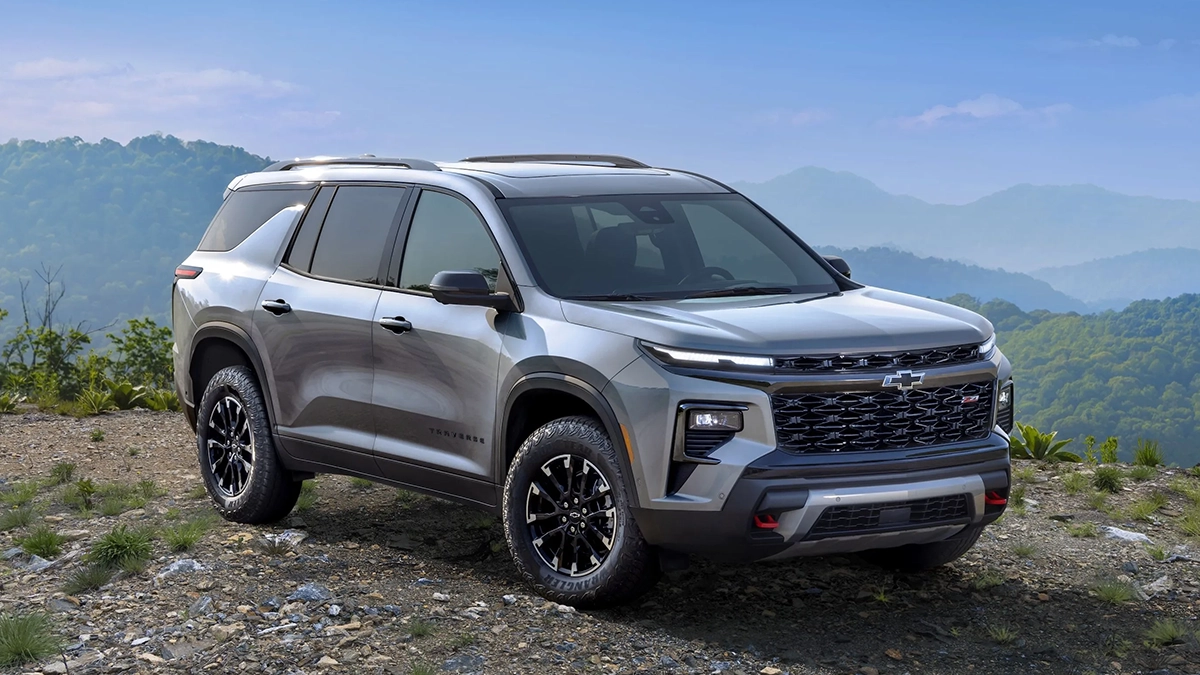
4. Chevrolet Traverse
The Chevrolet Traverse is a three-row midsize SUV that appeals to families needing space and power, but it has become infamous for being a financial black hole over time. While it offers a roomy cabin and competitive features, the Traverse struggles with steep depreciation and costly repairs, which erode any initial savings.
Despite being marketed as a family-friendly vehicle, the Traverse’s long-term ownership costs can be surprisingly high, often catching families off guard after the honeymoon period of ownership ends.
A significant contributor to the Traverse’s poor financial reputation is its track record of reliability issues. Owners frequently report problems with the transmission, engine, and electrical systems. These issues tend to surface as the vehicle ages past the warranty period, leading to unexpected and often expensive repairs.
Parts can be costly and may require dealership visits for complex work, driving up labor costs. The lack of a strong reliability pedigree means that even regular maintenance can become more expensive over time, and potential buyers often discount the vehicle accordingly when it comes time to sell.
Depreciation for the Traverse is severe, with the vehicle losing upwards of 50% of its value within the first five years — a rate that is high even by midsize SUV standards.
Its resale market is weaker compared to competitors like the Toyota Highlander or Honda Pilot, where reliability and brand reputation are stronger. This depreciation hit makes it difficult for families to recoup a decent amount when they trade or sell their Traverse, compounding the financial losses from maintenance and repair.
Fuel efficiency and insurance costs round out the Traverse’s long-term financial challenges. The vehicle’s V6 engine and sizable frame lead to above-average fuel consumption, which adds up over years of daily driving. Insurance premiums are also higher than average, partially due to the vehicle’s repair costs and claims history.
While the Traverse offers plenty of room and comfort, these financial drawbacks mean families often end up paying far more in total costs than they initially anticipated, making it a poor ROI vehicle.
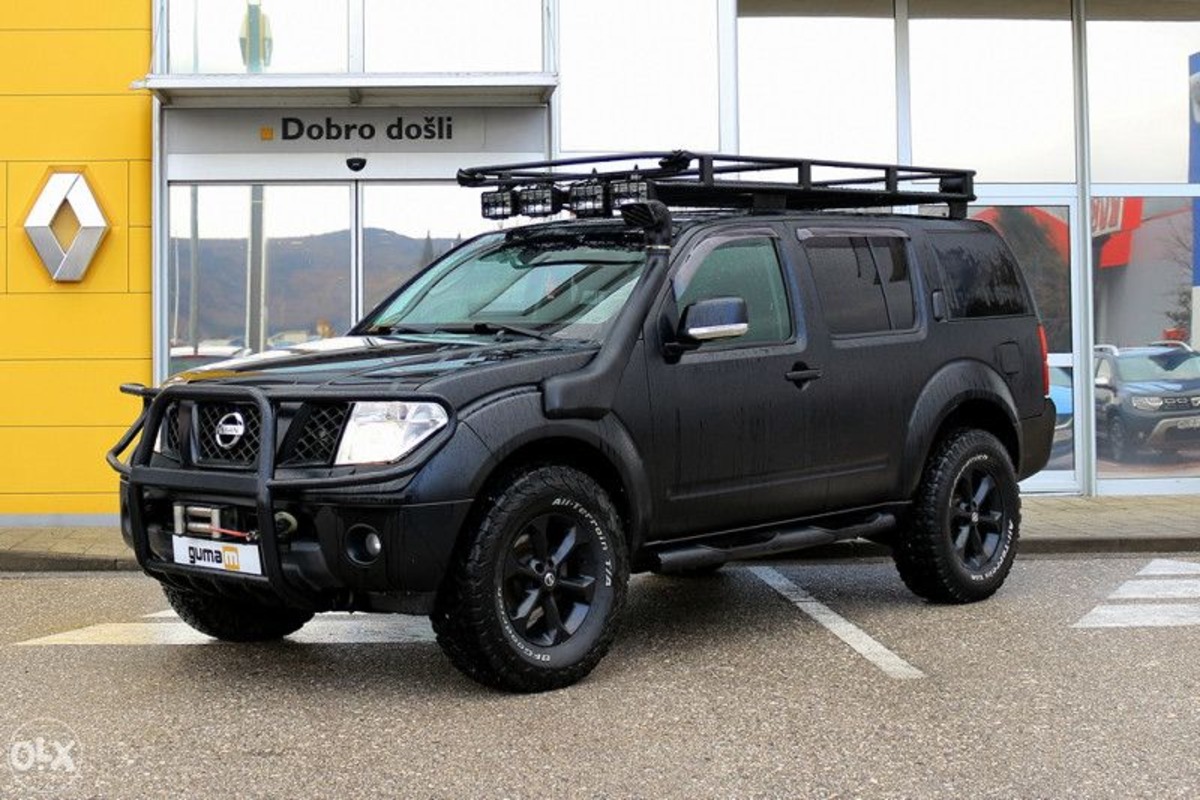
5. Nissan Pathfinder
The Nissan Pathfinder is a family SUV with a long history, but unfortunately, it has earned a reputation as a financial black hole in recent years due to its reliability and depreciation issues. Once a top contender in the midsize SUV market, the Pathfinder has struggled to maintain its appeal in the face of more reliable, efficient, and better-performing competitors.
Families drawn to the Pathfinder for its spacious interior and affordable pricing often find themselves facing steep ownership costs and rapid value loss, which diminish its overall financial viability.
One of the Pathfinder’s biggest issues has been its troubled CVT (continuously variable transmission), which has been a source of costly repairs and reliability complaints. CVT failures often require transmission replacements, which can cost thousands of dollars.
This problem has led to numerous class-action lawsuits and extended warranty programs, but even with these measures, many owners have experienced costly and inconvenient repairs. In addition, the Pathfinder has faced engine problems, suspension issues, and electrical glitches — all of which contribute to high maintenance bills and reduced reliability ratings.
Depreciation is another major concern. The Nissan Pathfinder has one of the steepest depreciation curves in its class, losing value quickly after the first few years. Buyers in the used market are wary of its reliability history and CVT troubles, which suppress resale prices.
This means families who purchase new Pathfinders will see a large portion of their investment evaporate when it’s time to sell or trade. The vehicle’s diminished resale value further compounds the cost of ownership and makes it harder to justify as a long-term family vehicle.
Fuel economy and insurance expenses add insult to injury. The Pathfinder’s V6 engine and heavier body result in mediocre fuel efficiency, making it more expensive to operate daily compared to more efficient rivals.
Insurance premiums are typically higher as well, reflecting the vehicle’s repair costs and accident statistics. When combined with its mechanical issues and rapid depreciation, the Nissan Pathfinder becomes a financially draining vehicle for families seeking reliability and value.
ALSO READ: 5 Cars With Zero Depreciation Over 5 Years and 5 That Drop Instantly
Choosing the right family vehicle is about more than just style or initial cost — it’s a long-term commitment that can significantly impact household finances and daily life.
As we’ve explored, the spectrum of family cars includes models that deliver outstanding value over time and those that can become financial burdens. Understanding the factors that influence return on investment is critical in making an informed choice that balances safety, comfort, reliability, and economic sense.
Vehicles like the Toyota Highlander, Honda Odyssey, Subaru Outback, Kia Telluride, and Mazda CX-5 exemplify the qualities families should look for when selecting a car. These vehicles are built on reputations for reliability, durability, and low maintenance costs, and they consistently hold their value in the used market.
Their owners benefit from predictable expenses, strong resale prices, and peace of mind knowing their vehicles can endure years of family use without excessive repair costs. These models combine efficient powertrains, user-friendly technology, and generous space to meet diverse family needs without compromising financial health.
The brands behind these vehicles invest heavily in engineering vehicles that last, backed by warranties and robust dealer networks that help keep maintenance affordable. They emphasize safety features as standard or widely available, helping to reduce insurance costs and enhance driver confidence.
Fuel economy, while secondary to space and safety for many families, remains a vital component in controlling operating expenses, and these vehicles generally perform well in that regard. The result is a family car portfolio that not only supports the daily demands of parenthood but does so without becoming a financial strain.
On the flip side, luxury SUVs like the BMW X5, rugged but problematic models like the Jeep Grand Cherokee, iconic yet depreciation-prone vehicles like the Ford Explorer, and other family favorites such as the Chevrolet Traverse and Nissan Pathfinder demonstrate the pitfalls that await many buyers.
These vehicles frequently suffer from high depreciation rates, expensive repairs, complex mechanical issues, and elevated insurance and fuel costs. The cost of ownership rises sharply after warranties expire, and reliability concerns can lead to inconvenient breakdowns and budget-busting bills.
Owners of these vehicles often find that the initial thrill of a stylish or powerful family car fades quickly as maintenance and repair expenses mount. The depreciation hit means they recoup much less of their investment when selling or trading in the vehicle, compounding the financial loss.
For families balancing tight budgets or seeking to optimize their spending, these vehicles represent an expensive gamble — one that often pays off poorly compared to more practical choices. While they may deliver on luxury or image, they frequently fail on value and affordability, key criteria for long-term family transportation.
Ultimately, the decision comes down to priorities and knowledge. Families who invest time in researching real-world performance, maintenance history, and resale trends will find themselves better positioned to choose vehicles that protect their finances.
Understanding which cars tend to be financial black holes can help avoid unexpected costs and stress down the road. Likewise, recognizing vehicles with strong ROI allows families to make purchases that align with both their lifestyle needs and economic goals.
This article serves as a guide, highlighting examples from both ends of the spectrum, but the underlying principle is universal: smart vehicle ownership hinges on looking beyond initial price tags and marketing hype. True value lies in the combination of reliability, cost of ownership, and retained value over time.
For families, this means selecting cars that can safely and comfortably support their lives while preserving financial stability. It also means being cautious about vehicles that may seem attractive but carry hidden expenses that erode long-term benefits.
The best family car is not necessarily the flashiest or the newest, but the one that offers dependable performance, manageable costs, and peace of mind for years. Investing in a car with excellent ROI can free up resources for other family priorities, whether that’s education, travel, or savings.
Avoiding financial black holes ensures the family vehicle remains a source of convenience and security, not stress and financial strain. With this knowledge, families can confidently navigate the automotive market, making choices that bring lasting value both on the road and in their wallets.

